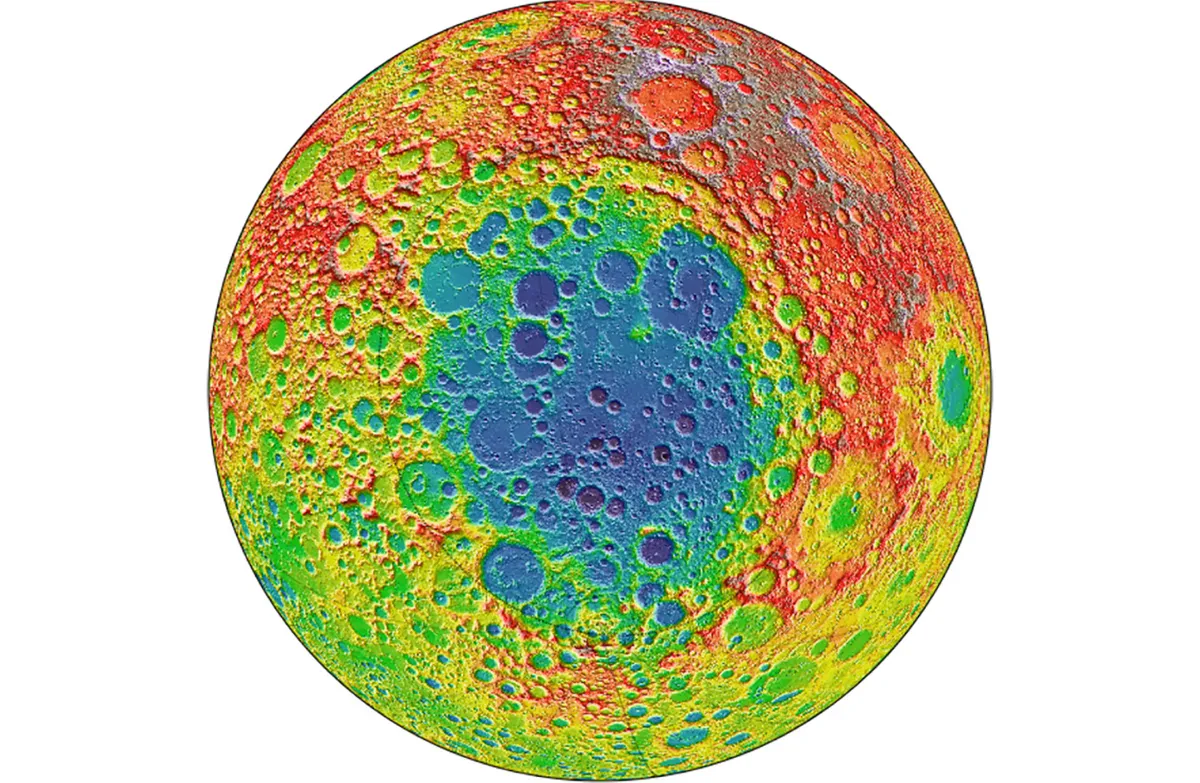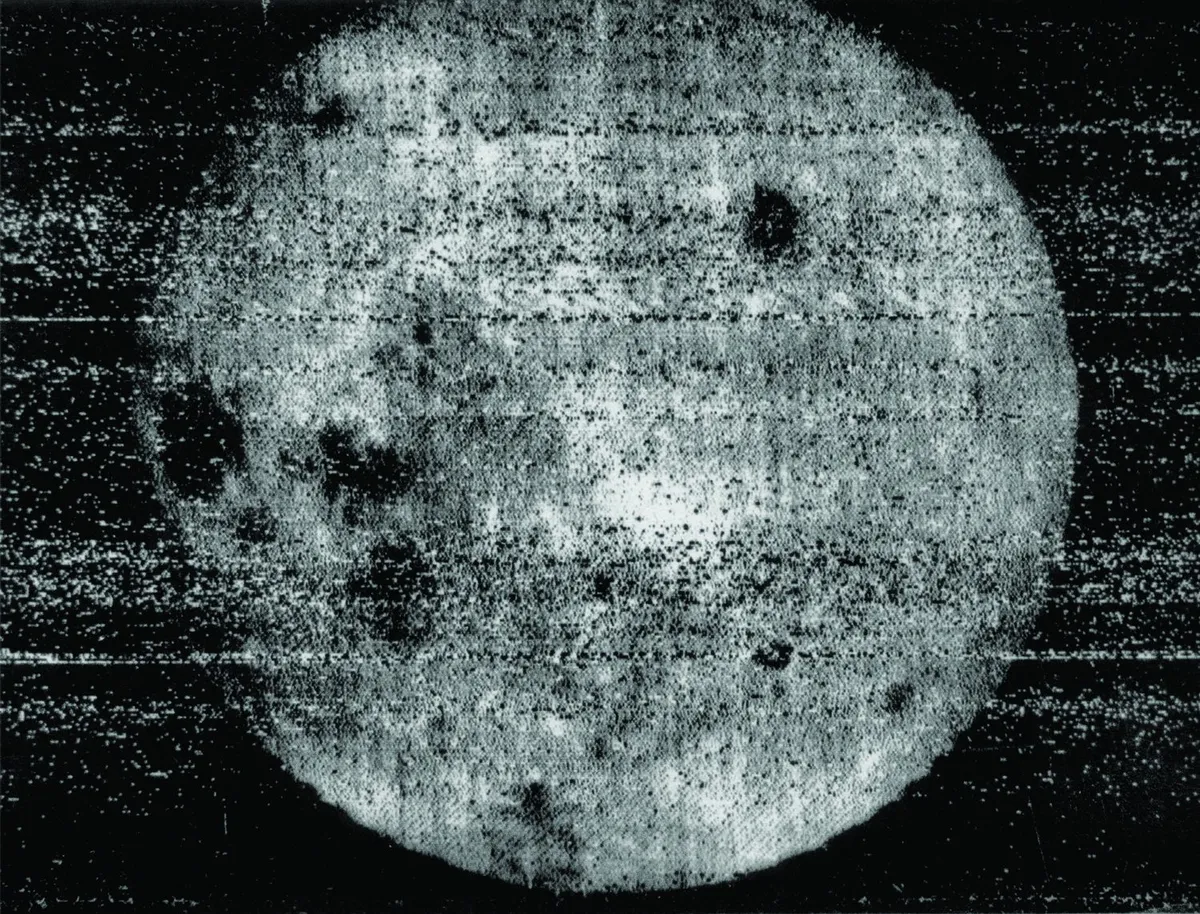China’s Chang’e 6 probe has returned the first ever sample from the far side of the Moon safely to Earth.
The return capsule landed with its precious cargo in the rural Siziwang Banner region of Inner Mongolia on 25 June, just after 2:00PM local time.
“The Chang’e 6 lunar exploration mission has been a complete success,” said Zhang Kejian, head of China’s National Space Administration.

The recovery team, who had been eagerly waiting nearby, located the return capsule within minutes.
After checking that everything looked well with the capsule, they prepared to airlift the probe to Beijing where it will be opened and the sample container removed.
The sample returned from the far-side by Chang'e 6 will now be divided up, and distributed to researchers around China for analysis, though it's expected the nation will release them to the international community within a couple of years.

China's Chang’e 6 mission
Chang’e 6 launched from the Wenchang Space Launch site in Wenchang, on the island of Hainan on 3 May.

It landed on the far side of the Moon a month later, 2 June, touching down in the South Pole-Aitken basin, a 2,500km (1,600mile) wide impact crater.
Over the next two days, the spacecraft collected an estimated 2kg of lunar material. Some of this was simply scooped off the surface, while other samples were collected from up to 2m below the surface using a drill.

The sample was safely collected and stowed in an ascender craft, which launched it into lunar orbit. Here it was able to meet up with the returner craft, which carried the sample back to Earth and re-entered Earth’s atmosphere.
What will the Chang’e 6 teach us about the far side of the Moon

As our Moon is tidally locked, we only ever see one side of it from Earth.
The far side of the Moon remained a mystery until 1959, when the Soviet Luna 3 spacecraft returned the first ever images of the region, revealing just how different it appeared to the near side.
While the near side is covered with large dark areas called lunar maria, created by past volcanic flows, the lunar far side was not.
For many years, orbiters remained our only way to view the lunar far side, and while these could give some clues as to its composition, the remote view lacked vital details.
When the first ever mission landed on the far side of the Moon – China’s previous Chang’e 4 mission from 2019 – it lacked many of the geological tools needed to really understand the region.
Chang’e 6 will be the first-time researchers will get a good look at what makes up the far side of the Moon.
Hopefully, by analysing the samples, geologists will be able to extract clues as to why the two sides of our Moon look so different.
They also hope to reveal more details of how the Moon formed in the aftermath of a collision with the proto-Earth, increasing our understanding of how our planet was created.

